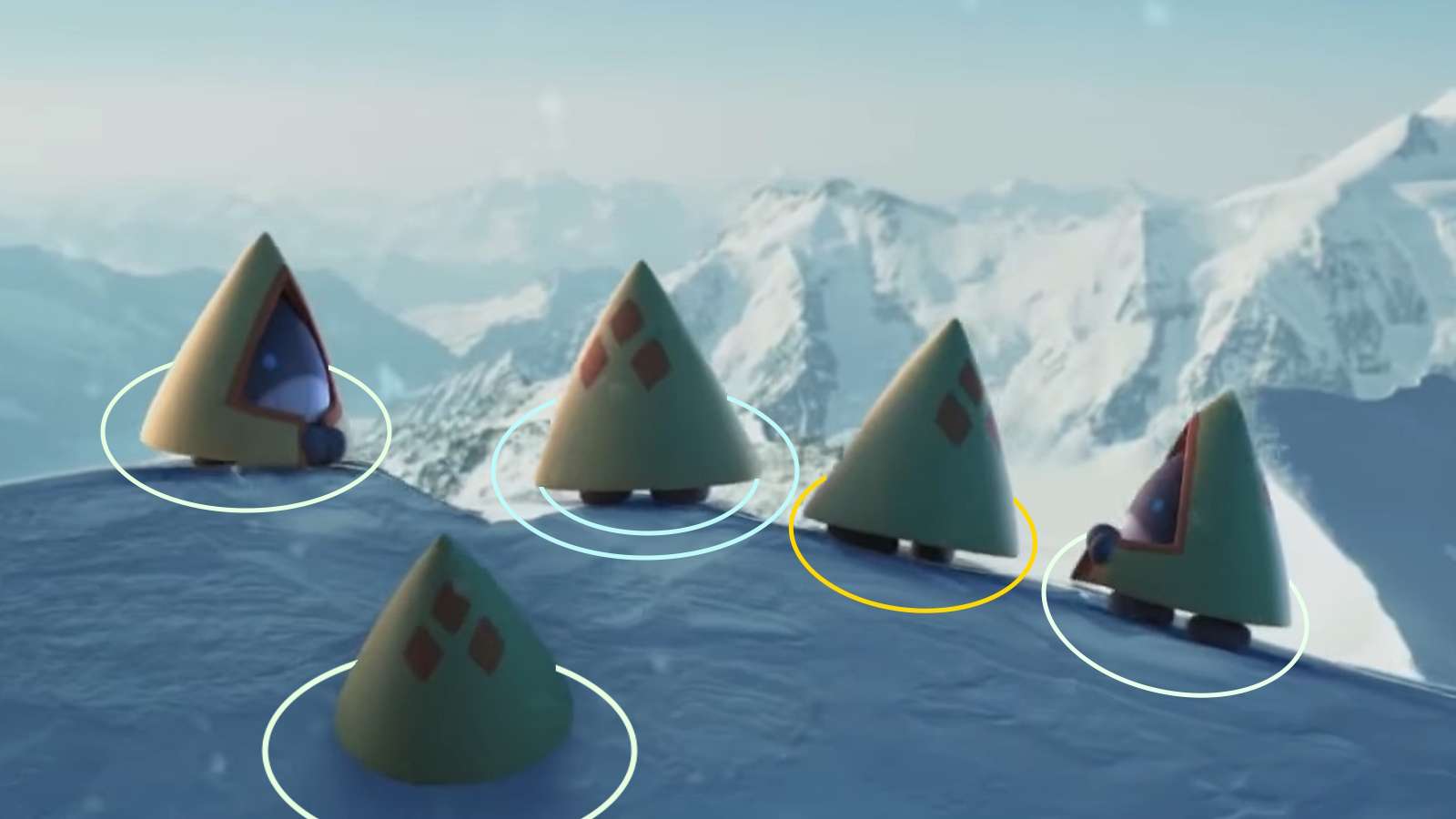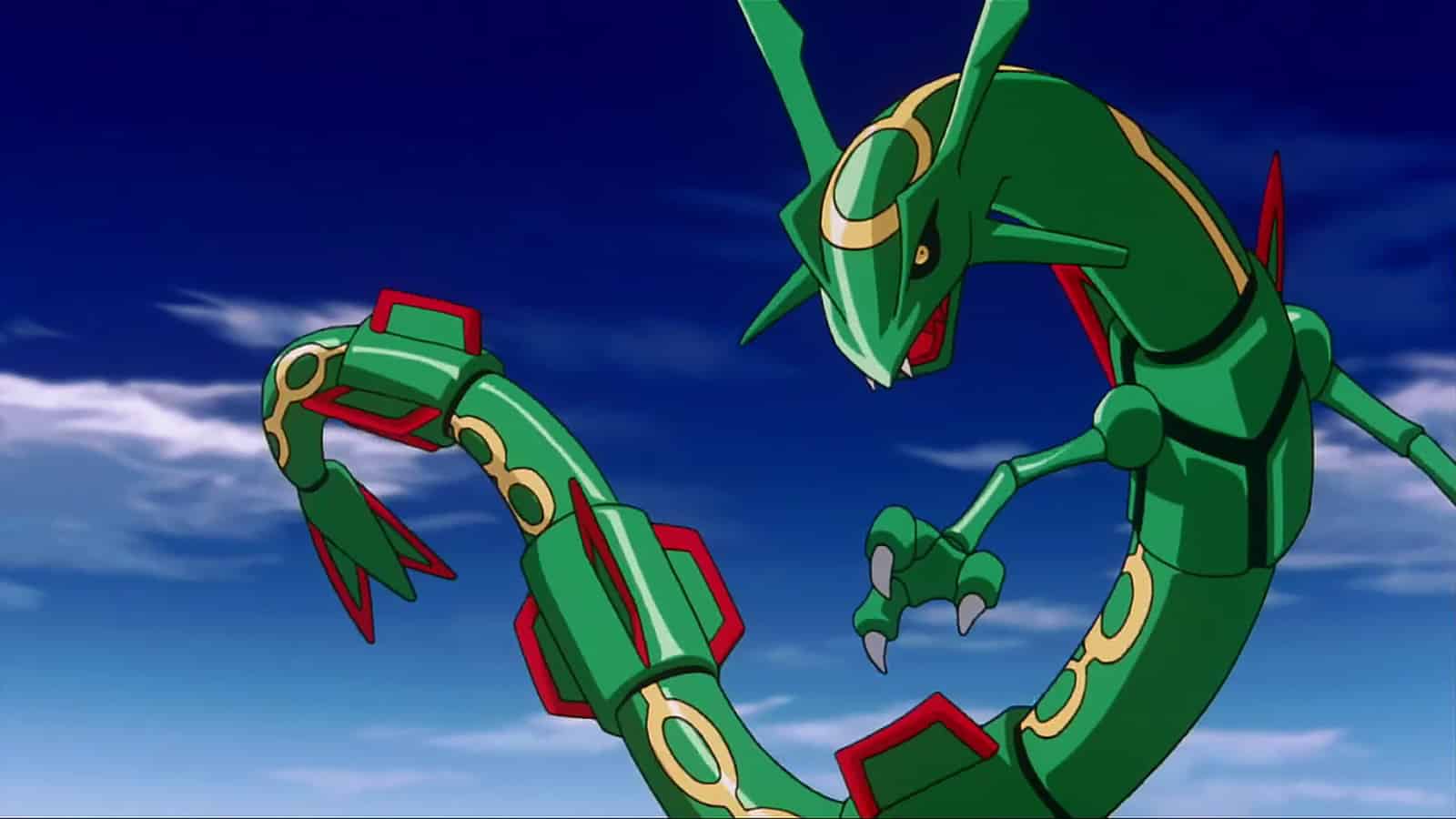Pokemon Go players uncover hidden feature that’s been missed for years
 Niantic
NianticAfter seven years Pokemon Go players have now discovered that the rings under wild Pokemon change in appearance letting you see which kind of spawn they are at a glance without having to catch them.
Given that Pokemon Go was first released in 2016 it would be expected that players have figured out everything about it by now. After all the Pokemon Go meta is all but solved with the best players long since figuring out what Pokemon are best.
However, several useful features remain lesser known and underutilized. For example, the stars in the game’s catch animation tell you a lot but many players aren’t even aware that they exist.
It’s a similar story with another mechanic which provides a variety of information about a potential catch before you even begin the encounter.
Pokemon Go’s colored rings mean more than you think
Pokemon Go players have uncovered a mechanic that despite being present for years has largely gone unnoticed, colored rings that provide information on a given Pokemon before you begin an encounter.
Noticing the rings differed, one trainer asked on Reddit: “What do the different circles under each Pokemon mean? Ex. I got this screenshot with a whirlpool under the bunnelby, a sort of ripple circle under the passimian, and a sort of radar flashing circle under the lechonk…??”
Explaining what these specific rings mean, one trainer replied: “Bunnelby is weather boosted. Lechonk is daily spawn. The Passimian is normal spawn.”
Others chimed in revealing more encounter rings that players should look out for: “Gimmighoul has a golden circle. I think maybe only on a golden lure. I think routes has a different circle. Daily incense has a blue cloud thingy.”
These aren’t all of the rings either with each unique type of Lure having its own unique ring type. Regular Lure spawns are pink, Glacial Lures have snowflakes, Mossy Lures have leaves, Magnetic Lures have magnets, and Rainy Lure spawns are surrounded by water drops.
Understanding mechanics like this can be crucial to avoid wasting valuable resources like one unfortunate trainer did with their Master Ball.



